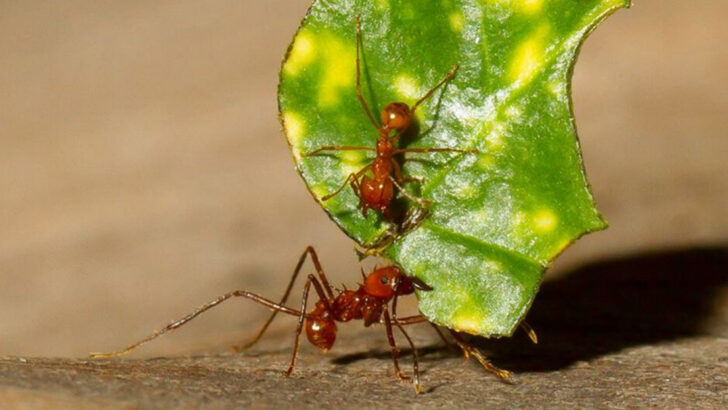Never underestimate the little guys.
Some of the tiniest animals on Earth are packing secrets that’ll leave your jaw on the floor.
Venom that could drop a predator.
Glow-in-the-dark body parts.
Built-in armor.
Mind control? Yep, that too.
These aren’t your average bugs and critters.
They’re living proof that size means nothing when nature’s got a wild imagination.
From sea creatures the size of a grain of rice to bugs that act like superheroes, these 13 mini marvels are full of hidden twists—and they’re not afraid to use them.
You might want to squint. The surprises are small… but mighty.
Pistol Shrimp
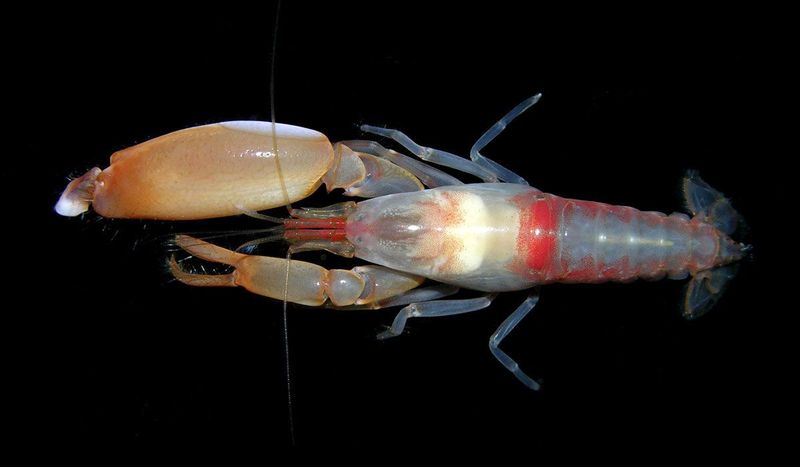
The pistol shrimp, with its unassuming appearance, harbors a powerful secret. Its claw snaps with such force that it creates cavitation bubbles. This phenomenon generates temperatures nearly as hot as the sun’s surface, stunning prey. Though tiny, the pistol shrimp is a formidable hunter, defending its territory with a precision strike. The shrimp’s remarkable ability to create light and sound through its claw snap is an evolutionary marvel. In marine ecosystems, this tiny creature plays a crucial role in maintaining the balance by controlling prey populations. Its symbiotic relationship with goby fish highlights its adaptability and intelligence.
Bombardier Beetle
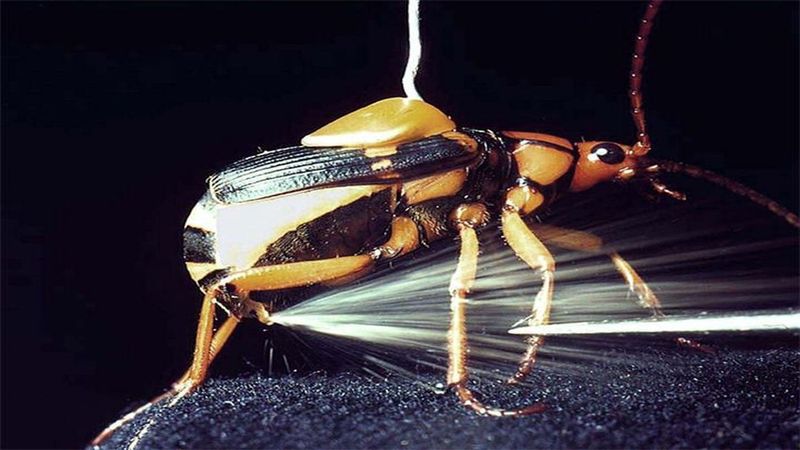
The bombardier beetle, a small insect, wields a fascinating defense mechanism. It ejects a boiling chemical spray from its abdomen, deterring predators. This explosive reaction is a result of mixing two chemical compounds stored separately within the beetle. The precision of this chemical reaction showcases an incredible evolutionary adaptation for survival in the wild. Found in various habitats across the globe, the bombardier beetle’s surprising defense mechanism is not only effective but also a subject of scientific study. This beetle’s innate ability to protect itself has intrigued scientists for generations.
Tardigrade
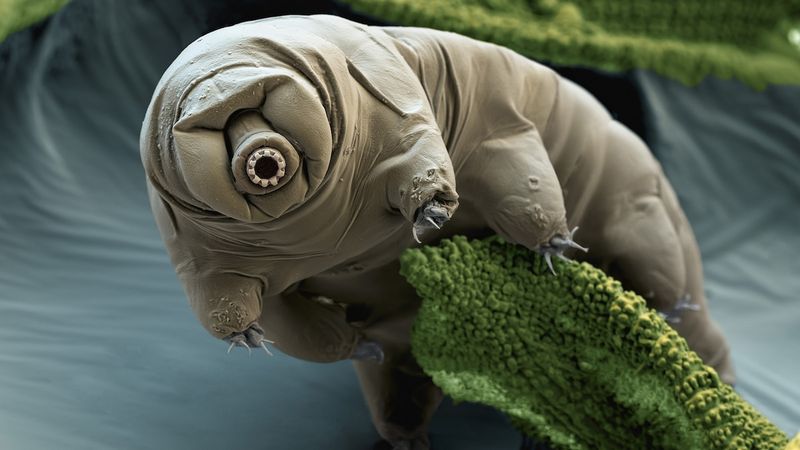
Despite its microscopic size, the tardigrade is a creature of resilience. Known for surviving extreme conditions, it can endure intense heat, freezing cold, and even the vacuum of space. Tardigrades enter a cryptobiotic state, suspending their metabolism, allowing survival without water for decades. These nearly indestructible microorganisms are often referred to as ‘water bears’ due to their bear-like shape under a microscope. Their ability to withstand radiation and pressure highlights their adaptability. Tardigrades’ resilience makes them a subject of fascination in astrobiology, as they push the boundaries of life’s endurance.
Mantis Shrimp
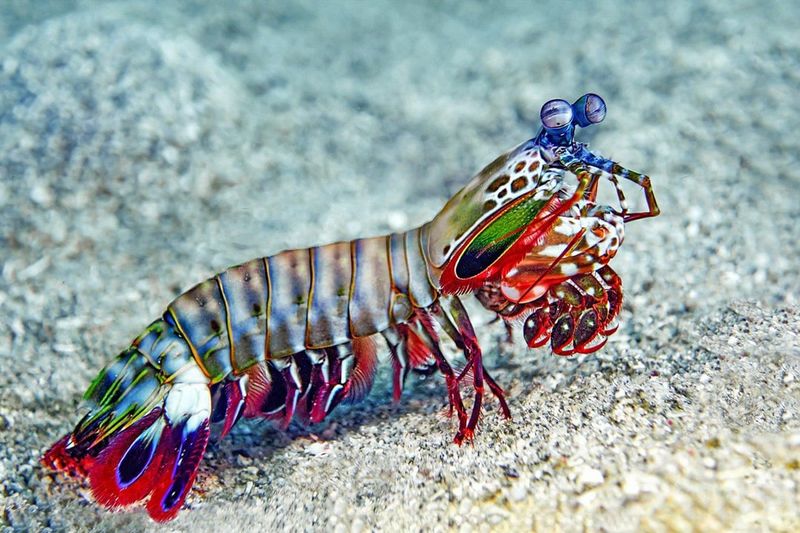
The mantis shrimp, renowned for its vivid colors, possesses extraordinary vision. It has up to 16 photoreceptor types, enabling detection of polarized light and ultraviolet wavelengths. This shrimp’s eyes operate independently, allowing remarkable depth perception. Armed with club-like claws, it delivers one of the fastest punches in the animal kingdom, capable of breaking aquarium glass. The mantis shrimp’s punch generates shockwaves, stunning its prey. Its vibrant appearance and unparalleled predatory skills make it a marine marvel. These unique characteristics inspire research in optical technology, as scientists explore bio-inspired advancements.
Antlion
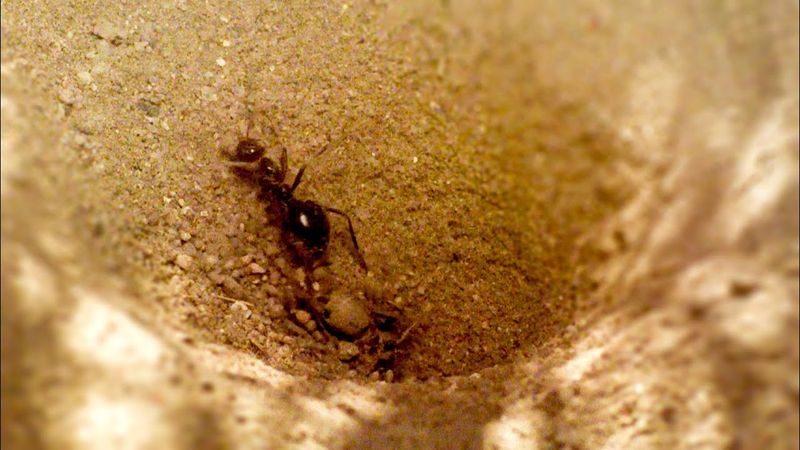
The antlion, though understated, is a cunning predator in its larval stage. It constructs sand traps to capture unsuspecting ants and other insects. The larva buries itself and waits patiently for prey to stumble into its pit. This trap-building ability showcases its specialized hunting strategy and adaptation to arid environments. Adult antlions, resembling dragonflies, are less predatory but continue to intrigue entomologists. This creature’s life cycle, from ferocious larva to delicate adult, represents a remarkable transformation. Its ingenious hunting technique is a testament to the diverse survival strategies in the insect world.
Leafcutter Ant
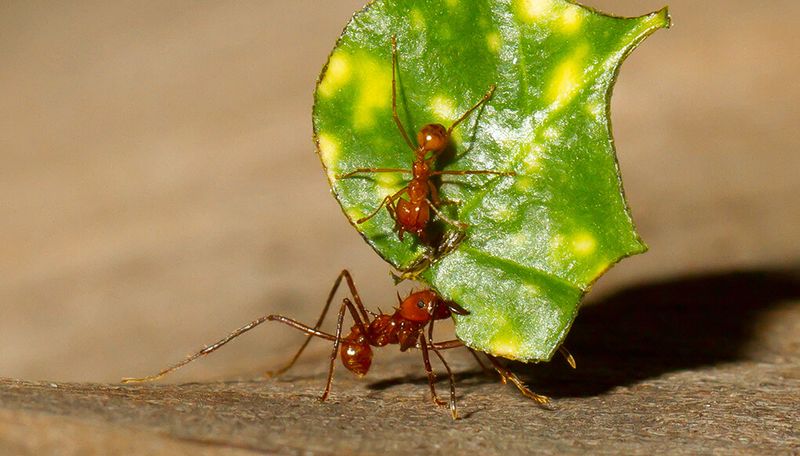
Leafcutter ants, though tiny, are industrious farmers of the insect world. They meticulously cut and transport leaf fragments, cultivating fungal gardens as their primary food source. This symbiotic relationship between ant and fungus is a sophisticated example of mutualism. The ants’ ability to communicate and organize complex farming operations is astonishing. Found primarily in tropical rainforests, these ants contribute significantly to decomposition and nutrient cycling. Their impressive strength, capable of carrying many times their body weight, highlights their essential role in their ecosystem. Leafcutter ants demonstrate nature’s ingenuity in resource management.
Peacock Spider

The peacock spider, though tiny, boasts a spectacular display. Males perform intricate dances, showcasing vibrant fan-like tails to attract females. This courtship ritual is not only a visual spectacle but also a critical survival strategy. Found primarily in Australia, these spiders use their colorful displays to communicate and establish territory. The peacock spider’s ability to produce intricate patterns and colors on its abdomen is a wonder of nature. Despite its size, it plays a significant role in controlling insect populations. This spider’s captivating appearance and behavior make it a favorite subject for arachnologists.
Axolotl

The axolotl, often dubbed the ‘Mexican walking fish,’ carries a fascinating regenerative ability. Unlike most amphibians, it retains its larval features throughout life. This neoteny allows axolotls to regenerate limbs, spinal cord, and even parts of their heart and brain. Their regenerative capabilities have garnered attention in scientific research for potential medical applications. Native to Mexico’s Lake Xochimilco, axolotls face threats from habitat loss. Their unique appearance, adorned with feathery gills, adds to their charm. Axolotls’ resilience and regenerative prowess make them a symbol of hope in the study of regenerative medicine.
Sundew Plant
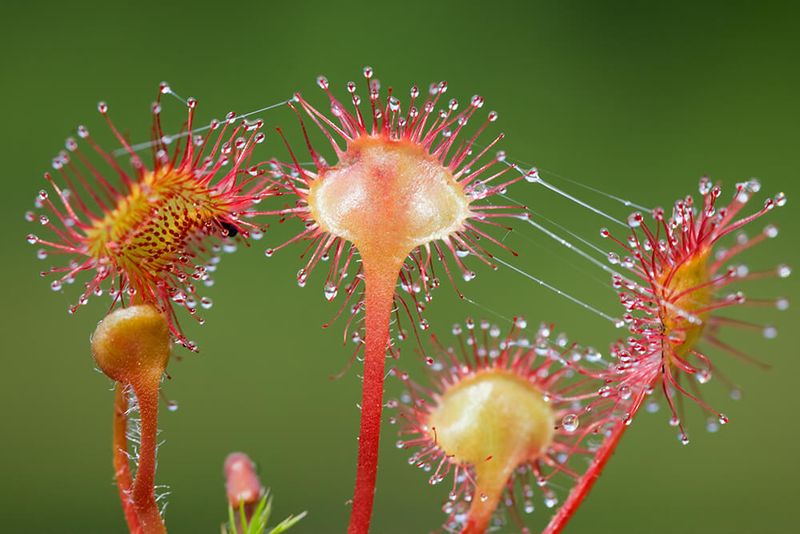
The sundew, though a plant, is a tiny predator with a sticky surprise. It captures insects using glandular tentacles that excrete a glue-like substance. This carnivorous plant absorbs nutrients from its prey, supplementing its growth in nutrient-poor soil. Found in many parts of the world, sundews exhibit a fascinating adaptation to challenging environments. Their tentacles’ movement, though slow, is a testament to nature’s patience. The sundew’s ability to thrive through carnivory is a unique survival strategy. Its delicate yet deadly appearance captivates botanists and nature enthusiasts, showcasing the diversity of plant life strategies.
Star-Nosed Mole
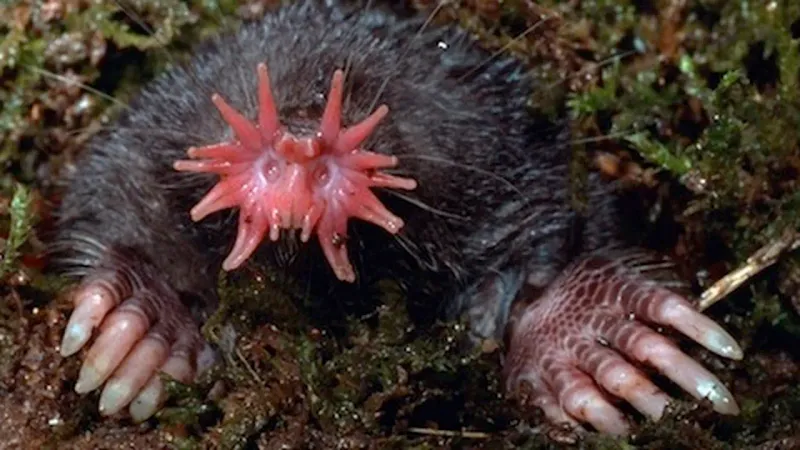
The star-nosed mole, though small, is a sensory powerhouse. Its distinctive star-shaped nose is covered with thousands of sensory receptors, enabling incredible touch sensitivity. This adaptation allows the mole to detect and consume prey with remarkable speed in its subterranean habitat. Found in wet lowland areas of North America, the star-nosed mole’s unique nose functions like a high-tech sensory device. It holds the record for the fastest known prey capture among mammals. This mole’s specialized sensory adaptations highlight the diverse evolutionary paths taken by subterranean creatures.
Goliath Birdeater Spider
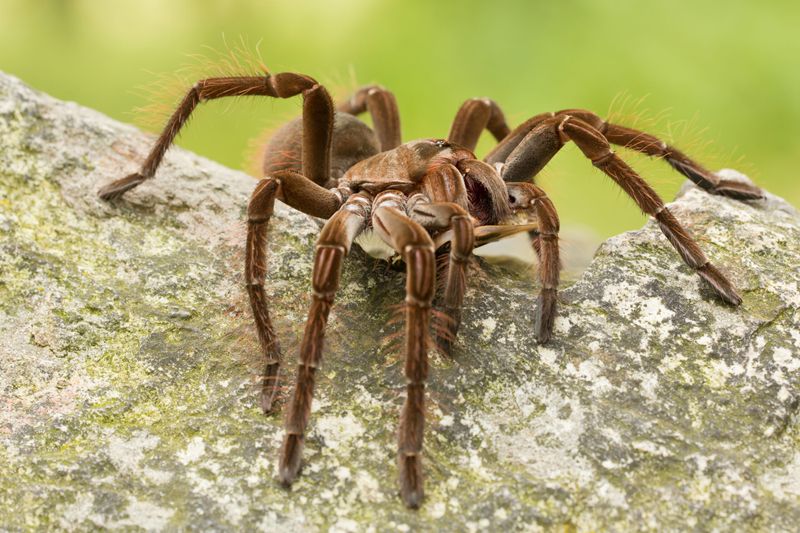
The goliath birdeater, though not truly tiny, is surprisingly timid. Despite its intimidating size, it seldom poses a threat to humans. This tarantula preys primarily on insects and small creatures. Found in South American rainforests, it contributes to the ecological balance by controlling insect populations. Its size and nocturnal habits make it a subject of fascination and fear among arachnologists. The goliath birdeater’s ability to create audible hissing sounds as a defense mechanism adds to its mysterious allure. This spider’s robust physique and surprising shyness reveal the complexity of arachnid behavior.
Coconut Crab
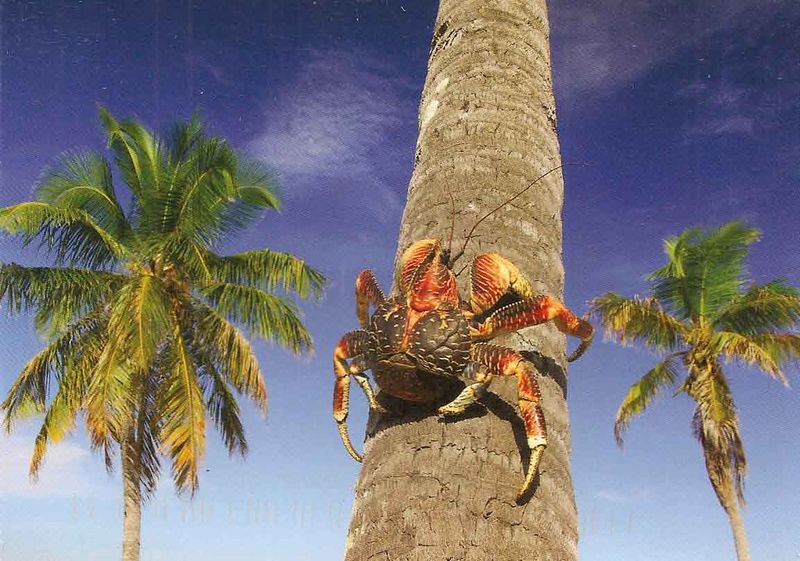
The coconut crab, while not tiny, hides surprising strength. As the largest terrestrial arthropod, it can crack open coconuts with its powerful claws. Found on islands of the Indo-Pacific, these crabs are adept climbers, often seen ascending trees. Their strong sense of smell guides them to food sources, including fruits and carrion. Coconut crabs play a vital role in island ecosystems by breaking down organic matter. Despite their size, they are shy and prefer solitude. This crab’s formidable claws and island-hopping lifestyle showcase nature’s adaptability and diversity among crustaceans.
Electric Eel
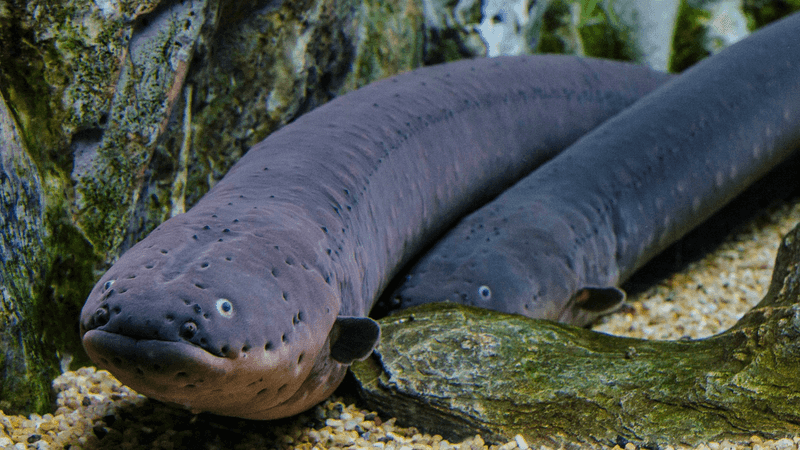
The electric eel, though not small, holds a shocking secret. It generates electric charges for hunting and defense, capable of stunning prey and deterring predators. Found in South America, these eels inhabit murky waters of the Amazon and Orinoco basins. Their electric organs contain thousands of electrocytes, producing significant voltage. Electric eels rely on their electric sense to navigate and hunt in dark environments. Their ability to generate electricity has inspired technological advancements in bioelectric devices. The electric eel’s shocking abilities and mysterious habitat contribute to its status as a remarkable aquatic predator.

